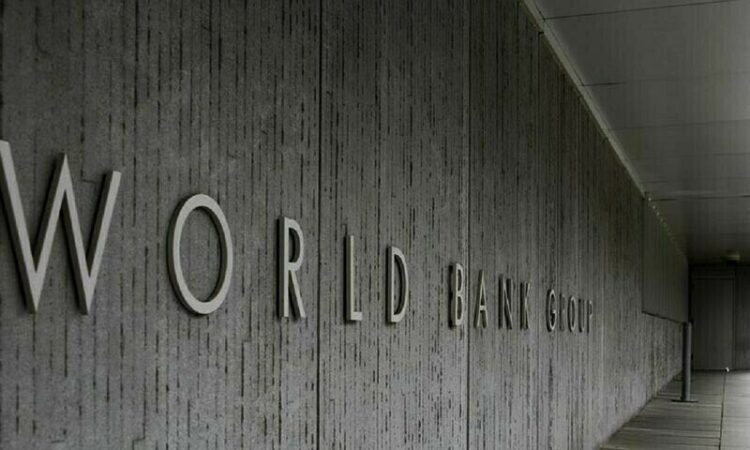
ISLAMABAD: Central banks worldwide are facing extraordinary challenges in 2023, as bond markets experienced unprecedented mark-to-market losses with the substantial increase in inflation and interest rates, says the World Bank.
The Reserve Management Survey Report 2023 published by the World Bank says portfolio diversification was probably insufficient and did not work as expected — most asset classes delivered negative returns.
Facing challenges, many of the central banks especially in developing countries, witnessed decreases in reserves. 125 central banks participated in the survey.
The survey found reserve managers maintained their conservative investment approaches, focusing on high-quality, fixed-income assets denominated in US dollars and euros. However, the significant and uncommon increase in interest rates in 2022 led institutions to slightly reduce the duration risk in their portfolios.
Most central banks see a fall in forex holdings
The survey also showed that adopting new technologies in reserve management remains a slow process, although many central banks are upgrading their systems or acquiring new ones. Risk management, too, was revealed to be an area with room for improvement.
The strength of the US dollar went together with depreciations in emerging market currencies, which led to reserve liquidation, says the survey, titled ‘Insights into Public Asset Management’, produced by the Treasury Advisory and Asset Management (TREAA) Department of the World Bank.
Central bank reserve management is of utmost importance to ensure the financial stability and prosperity of countries. Reserves serve as a buffer to mitigate
economic shocks, maintain exchange rate stability, and support the overall economic well-being of a country.
The US dollar remains the primary currency in reserve portfolios, followed by the euro. Also, survey respondents did not reduce their appetite for the dollar. Another interesting finding is that more than half of central banks reported reducing duration in 2022 in response to rising rates and high inflation, but the reported change was small.
Central banks have not materially changed eligible currencies since the 2021 survey. In line with their conservative risk tolerance, central banks report a low duration in their tranches and consolidated portfolios. Another interesting finding is that many central banks have moved away from the probability of negative returns to define the risk tolerance of their reserve portfolios, the survey report says.
The report represents a collaborative effort between Reserve Advisory and Management Partnership and central banks worldwide to advance the understanding and practice of reserve management.
The survey notes that despite the complex environment, central banks were resilient. Negative returns did not cause substantial changes in reserve management policies. This demonstrates the strong governance underlying central banks’ reserve management. Maintaining longer investment horizons and diversification is essential in the current interest rate environment and will ensure higher portfolio returns going forward, it says.
The survey found a significant improvement in governance, with the investment committee gaining decision-making power compared to previous surveys. As investment committees are more autonomous in the approval of the investment guidelines, institutions make investment decisions more efficiently.
Traditional asset classes, such as government bonds from developed markets, bank deposits, money market instruments, SSA bonds, and gold, continue to dominate reserve portfolios. The allocation to nontraditional asset classes remained stable over the past two years as opposed to our previous surveys where we saw gradual increases, it says.
Sustainable investment is also gaining ground among central banks, especially for the most advanced, who are leading the way. The implementation of sustainability in reserve portfolios still faces many challenges, such as balancing these practices with the traditional investment objectives and the low liquidity of sustainable investment instruments.
Published in Dawn, October 29th, 2023





